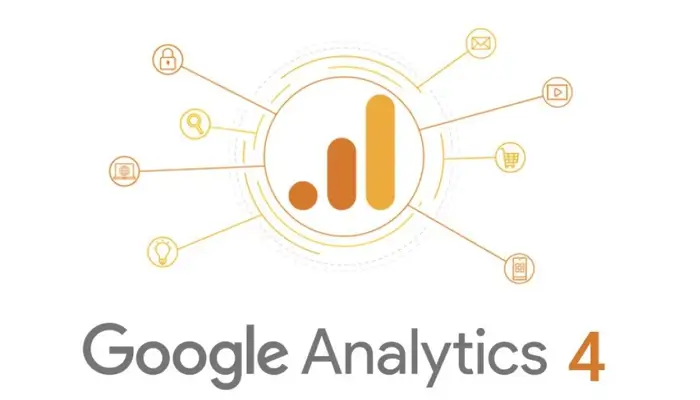
How to Choose the Right WordPress Plugins Without Slowing Down Your Site
August 27, 2025
How AI is Transforming E-Commerce in 2025: Smarter Stores, Higher Sales
September 1, 2025With over 40% of all websites powered by WordPress, it’s no surprise that hackers often target it. For small businesses, freelancers and agencies, a hacked website doesn’t just mean downtime, it can result in lost clients, stolen data and damaged reputation.
The good news? Securing your WordPress website doesn’t require advanced technical skills. By following a few smart practices and using reliable tools, you can protect your site from hacks, malware and cyber threats in 2025.
-
Always Use Strong Logins and Two-Factor Authentication (2FA)
Weak passwords remain one of the most common reasons websites get hacked.
- Use a mix of uppercase, lowercase, numbers and special characters.
- Avoid “admin” as your username.
- Add two-factor authentication (2FA) with plugins like Google Authenticator or Wordfence Login Security.
-
Keep WordPress, Plugins and Themes Updated
Outdated software is a major security risk. Developers release updates not just for features but to patch vulnerabilities.
- Enable automatic updates for critical security patches.
- Delete unused plugins or themes, even inactive ones can be exploited.
-
Install a Reliable Security Plugin
Security plugins add multiple layers of protection, including malware scanning, firewalls and login protection. Popular options in 2025 include:
- Wordfence Security – Real-time threat detection and firewall.
- Sucuri Security – Website firewall and malware removal service.
- iThemes Security – Beginner-friendly with 30+ security features.
-
Use SSL Certificates (HTTPS)
An SSL certificate encrypts data between your website and visitors, protecting sensitive information like logins or payments.
- Many hosting providers now include free SSL (via Let’s Encrypt).
- Google also favors HTTPS websites for SEO rankings.
-
Limit Login Attempts & Use Captcha
Brute force attacks happen when hackers try multiple password combinations. You can stop them by:
- Limiting login attempts with plugins like Limit Login Attempts Reloaded.
- Adding reCAPTCHA to your login and contact forms.
-
Regularly Backup Your Website
Even with strong protection, accidents happen. A backup ensures you can restore your website instantly if compromised.
- Use UpdraftPlus or Jetpack Backup for automated backups.
- Store backups on a separate cloud service like Dropbox or Google Drive.
-
Choose Secure Hosting Providers
Your hosting environment is your first line of defense. Opt for providers that offer:
- Built-in firewalls.
- Free SSL certificates.
- Daily backups and malware scanning.
Examples: SiteGround, WP Engine and Kinsta.
Conclusion
Securing your WordPress website in 2025 doesn’t require being a developer, it requires smart habits, reliable plugins and proactive monitoring.
By keeping your site updated, using strong logins, enabling SSL and backing up regularly, you’ll stay one step ahead of hackers and keep your brand reputation safe.
A secure website isn’t just about protection, it’s about building trust with your clients and visitors.
If you have any questions regarding “Securing Your Website Against Hacks & Malware” feel free to contact us. For inquiries and consultations, call us at: +92 321 4808303 or Email us at: hello@owaisgilani.com.
Disclaimer: The information shared on this website is for educational and informational purposes only and reflects my personal views and experiences. While I strive to provide accurate and helpful content, readers should use their own judgment and consult with a qualified professional before making any decisions based on the information here. I am not responsible for any actions taken based on this content. Feel free to reach out to me if you need clarification or have questions before using any part of this information.



